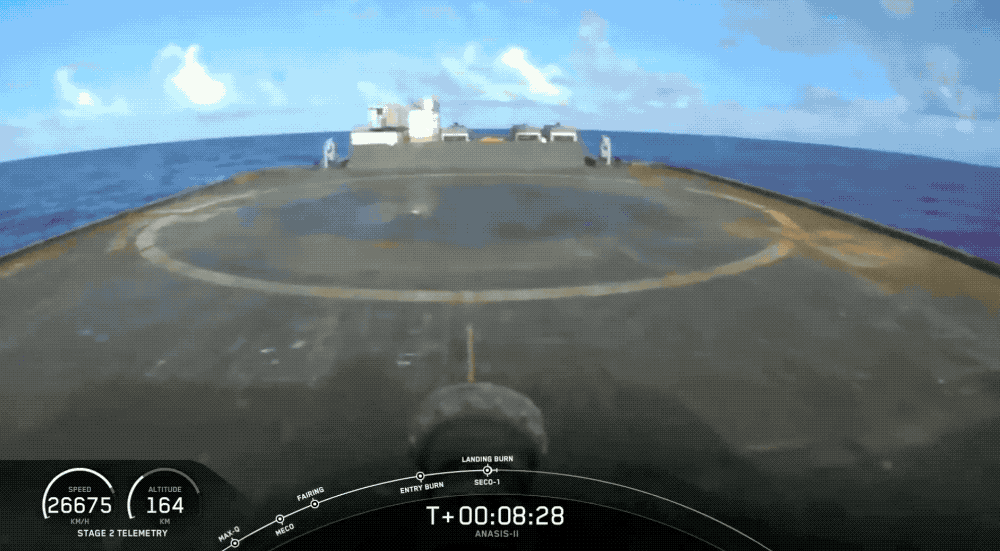How CMU & Facebook AI Are Teaching Robots to Navigate Using Object Recognition
Breakthrough in Robotic Navigation with Machine Learning
Carnegie Mellon University (CMU), in collaboration with Facebook AI Research (FAIR), has unveiled groundbreaking research in robotic navigation. Their innovative SemExp system leverages machine learning to enable robots to navigate environments by recognizing and interpreting objects—not just by mapping obstacles.
Why Semantic Navigation Matters
Traditional robotic navigation systems rely on creating obstacle maps, often resulting in inefficient, circuitous routes. The SemExp system revolutionizes this approach by:
- Understanding object context: Distinguishing between similar objects (e.g., an end table vs. a kitchen table) to infer room locations.
- Applying common sense: Prioritizing logical destinations (e.g., searching for a refrigerator in the kitchen).
Key Advantages Over Classical Systems
- Efficiency: Robots reach targets faster by leveraging contextual clues.
- Adaptability: Works in unfamiliar environments without prior memorization.
- Precision: Recognizes object-specific traits beyond superficial features.
Real-World Applications
This technology has far-reaching implications for:
- Home assistance robots: Helping with tasks like fetching items.
- Industrial automation: Optimizing warehouse navigation.
- Search-and-rescue missions: Identifying critical objects in disaster zones.
Recognition in the AI Community
The SemExp system recently outperformed compe*****s, including Samsung, to win first place in the Habitat ObjectNav Challenge—a testament to its cutting-edge capabilities.
Expert Insight
“Common sense says that if you’re looking for a refrigerator, you’d better go to the kitchen. Classical robotic navigation systems explore spaces by mapping obstacles, often taking inefficient routes. Our system bridges this gap.”
— Devendra S. Chaplot, CMU Machine Learning PhD student
The Future of AI-Powered Navigation
While semantic navigation isn’t new, previous attempts relied heavily on memorizing object locations in specific environments. CMU and FAIR’s approach focuses on generalizable object-context relationships, paving the way for more versatile and intelligent robots.
This research marks a significant step toward robots that navigate as intuitively as humans—transforming industries and everyday life.
🚀 Technology Solutions & Recommendations
Enhance your tech capabilities with these cutting-edge products that complement the technological innovations discussed in this article:
🛍️ Featured Product 1: HAV – Mousepad
 Image: Premium product showcase
Image: Premium product showcase
Readers interested in AI and robotics often rely on precise, efficient tools for their own work. The HAV Mousepad complements this need by providing reliable performance, much like the advanced navigation systems discussed in the article.
Just as CMU and Facebook AI Research teach robots to navigate by recognizing objects, the HAV Mousepad helps you navigate your digital workspace with precision and ease. Designed for seamless cursor control, this high-quality mousepad offers a smooth surface that enhances tracking accuracy—perfect for both work and gaming. While it won’t recognize objects like a robot, it will ensure your mouse movements are as efficient as a well-trained AI system.
Key Features:
- Premium textured surface for smooth cursor control
- Non-slip rubber base for stability
- Optimized for optical and laser mice
- Durable construction for long-lasting use
🔗 View Product Details & Purchase
💡 Need Tech Consultation? Our technology experts are ready to help you implement the perfect solution for your digital transformation needs!












